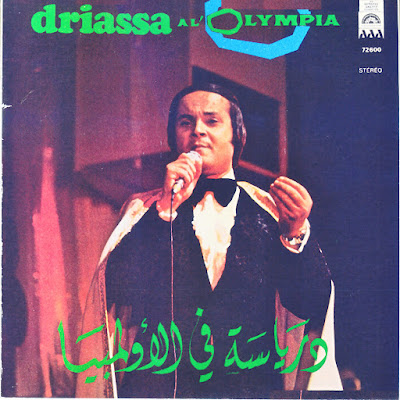SOCIAL SONGS OF THE ARAPAHO SUN DANCE
WIND RIVER SINGERS
Canyon Records, 1971, 6080
This album was recorded by Raymond Boley during the summer 1971 at Fort Washakie. There are eight songs without any names or information about them. The Wind River Singers were four male singers and two female singers. According to what I hear the men always start the songs but the women often end them.
The Arapaho were forcibly moved to Wyoming and Colorado but originated from Minnesota and Manitoba states; they were closed to the Cheyenne and a bit less to the Lakotas. Some Arapaho warriors took part in the battle of Litltle Big Horn in 1876.
Wind River is one of the reservations where Arapaho are with Fort Washakie build in 1871 and abandoned in 1909.
All the songs are part of the sun dance ritual; there are no information although there is much to say about it. Some details here : https://en.wikipedia.org/wiki/Sun_Dance and here https://www.notesfromthefrontier.com/post/the-sun-dance-sacred-ceremony






































